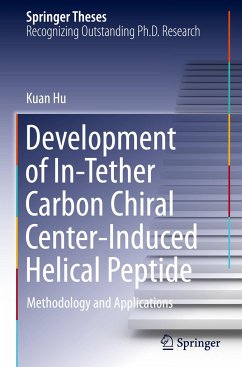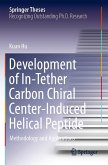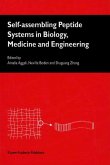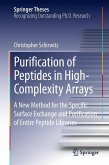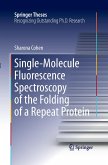This book focuses on the development of stapled peptides, a novel molecular modality used to regulate aberrant intracellular protein-protein interactions (PPIs). The author designs and presents a novel helical peptide stabilization methodology by constructing a chiral cross-linker moiety, namely "chiral center induced peptide helicity (CIH)". The book demonstrates that a precisely positioned carbon chiral center on tether can decisively determine the secondary structure of a peptide, and that the R-configured peptide is helical, while the S-configured peptide is non-helical. Further, it reports that helicity-enhanced R isomer peptides displayed significantly enhanced cell permeability and target binding affinity, as well as tumor inhibition efficiency, in comparison to S isomer peptides. The book will not only advance readers' understanding of the basic principle of stapled peptides, but also accelerate the clinical transformation of stapled peptide drugs.
Bitte wählen Sie Ihr Anliegen aus.
Rechnungen
Retourenschein anfordern
Bestellstatus
Storno

